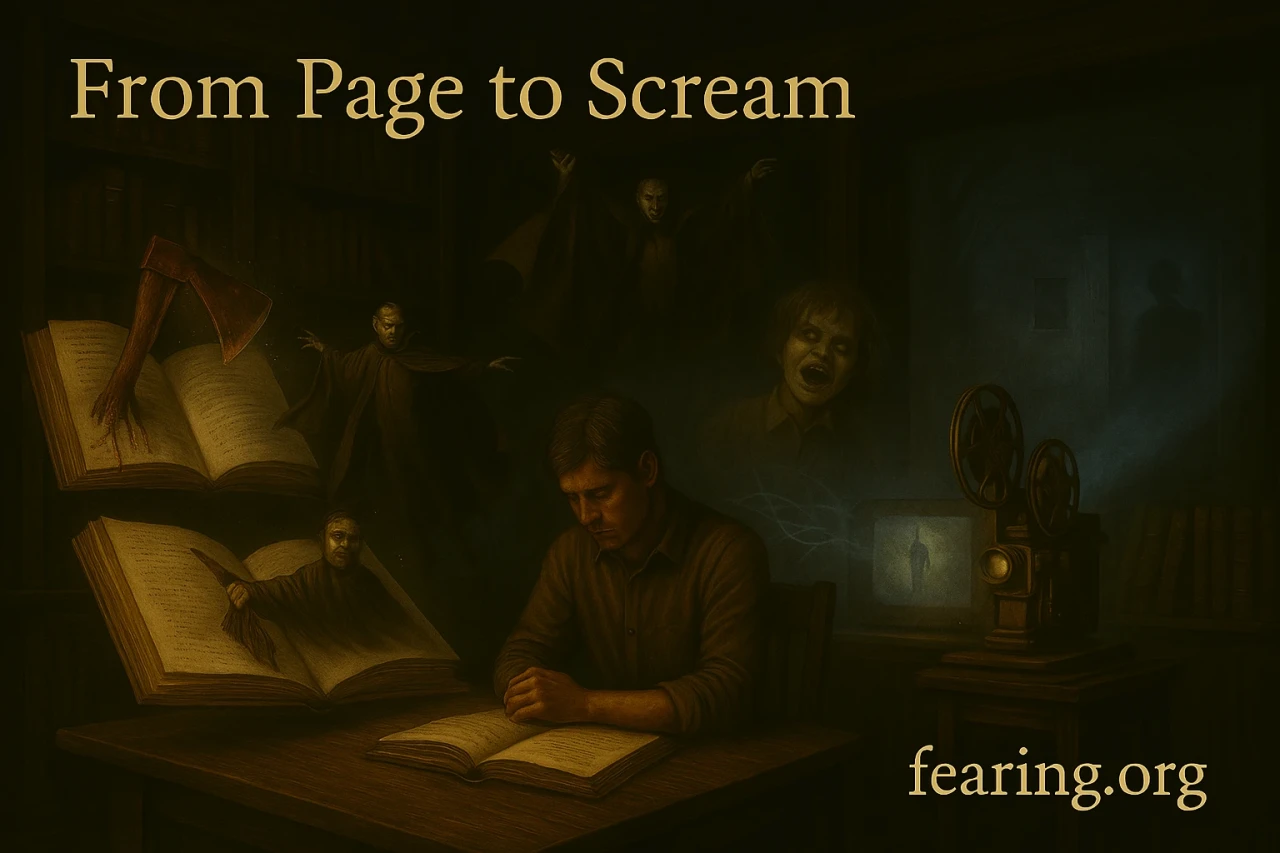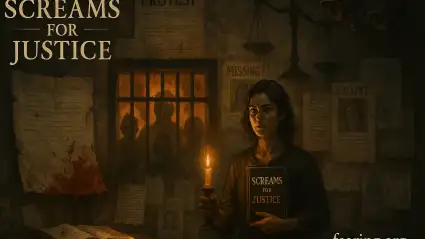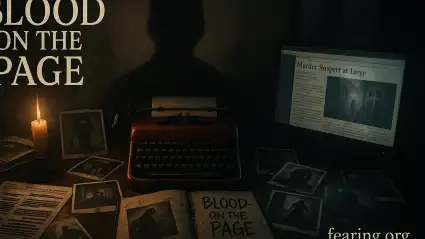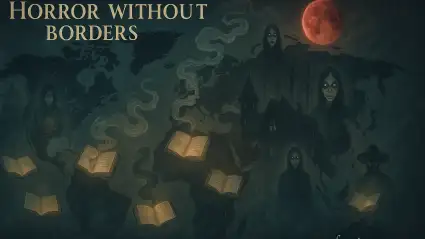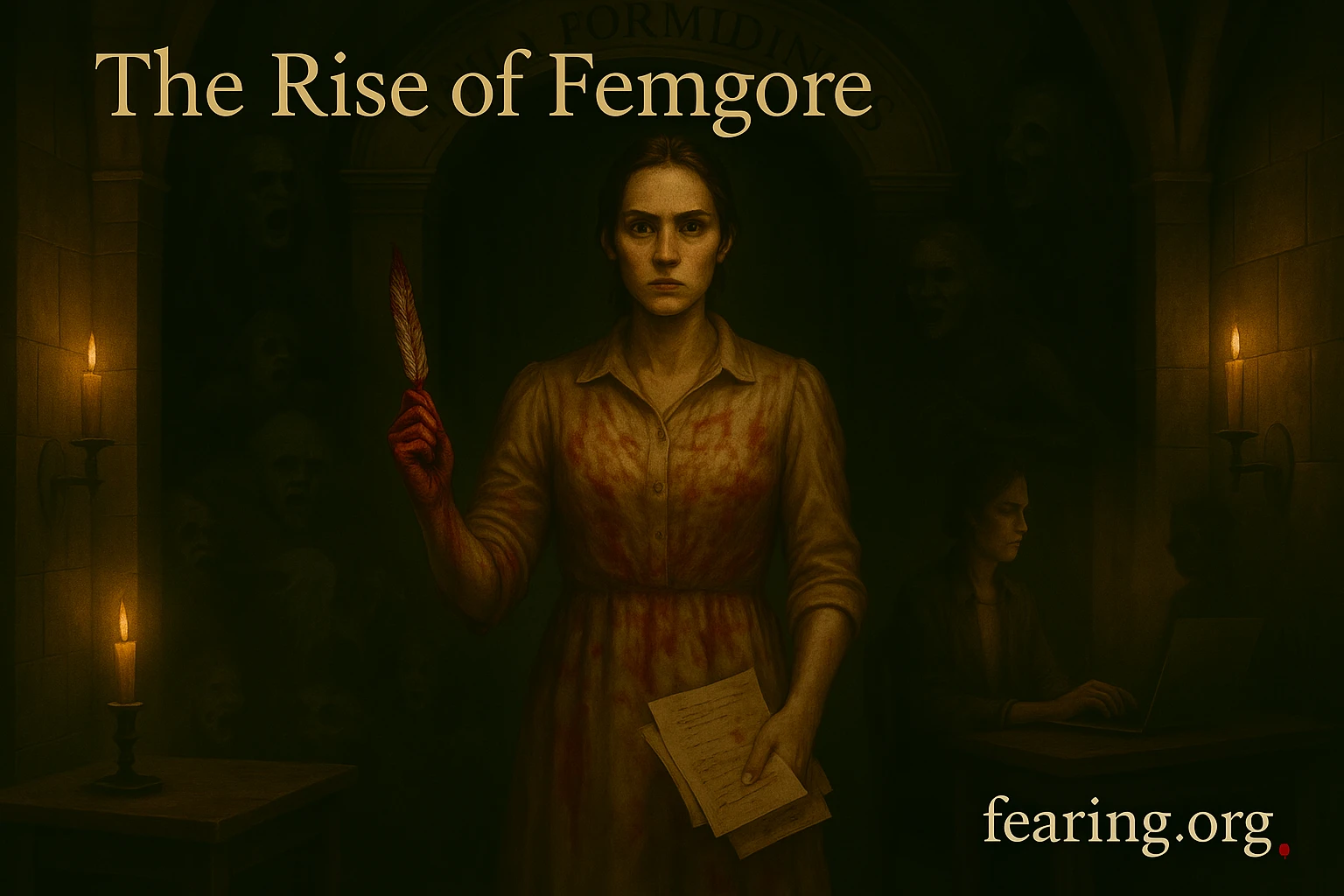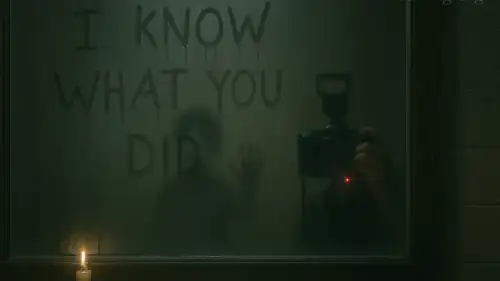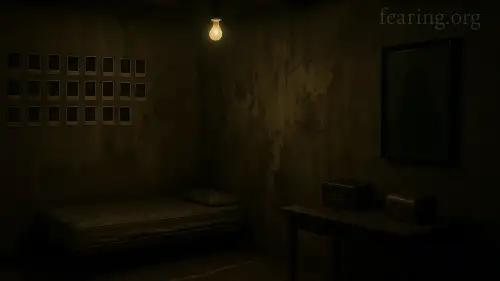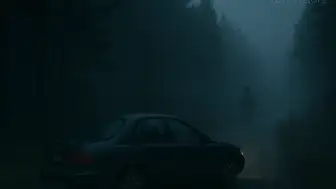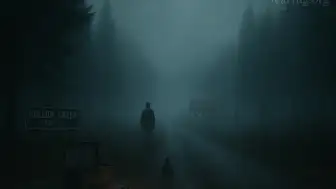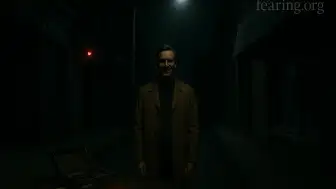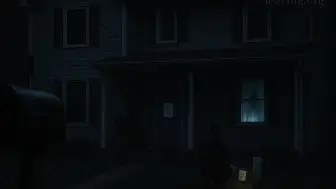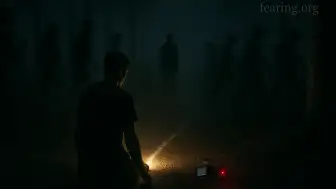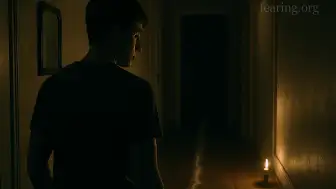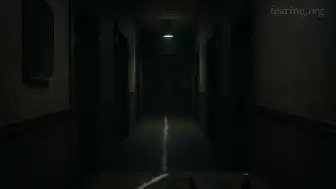The transition from book to screen is never simple—especially when the source material is horror. What terrifies us in prose often relies on subtle atmosphere, inner monologues, and imagination. But when horror literature makes the leap to film, it can magnify our nightmares, give form to our deepest fears, and sometimes, spark new cultural myths entirely.
"A book lets you imagine the monster. A film dares to show it to you."
In this article, we’ll explore some of the most iconic horror novels that have been adapted into unforgettable films, examining what made them succeed (or fail), and why these stories continue to haunt us across mediums.
1. The Shining – Stephen King (1977)
Film adaptation: The Shining (1980) – Directed by Stanley Kubrick
Why it worked:
Kubrick transformed King’s haunted hotel into a labyrinth of psychological dread
Jack Nicholson’s iconic performance blurred the line between possession and madness
Though controversial to King, it redefined horror aesthetics in cinema
Book vs. Film:
The novel focuses more on Jack Torrance’s internal struggle and alcoholism
The film emphasizes ambiguity, isolation, and visual terror
"All work and no play makes Jack a horror legend."
2. Psycho – Robert Bloch (1959)
Film adaptation: Psycho (1960) – Directed by Alfred Hitchcock
Why it worked:
Hitchcock revolutionized horror cinema with bold pacing and the infamous shower scene
Anthony Perkins’ Norman Bates became an archetype of split identity
Tight editing and camera work created unbearable suspense
Book vs. Film:
The novel is more straightforward in revealing Norman’s psychology
The film uses visual cues and silence to build dread
3. Rosemary’s Baby – Ira Levin (1967)
Film adaptation: Rosemary’s Baby (1968) – Directed by Roman Polanski
Why it worked:
Polanski retained Levin’s creeping paranoia and feminist undertones
Mia Farrow’s performance added raw vulnerability
Built suspense through subtle shifts in reality and trust
Book vs. Film:
Very faithful adaptation
Both critique patriarchal control and bodily autonomy
4. The Exorcist – William Peter Blatty (1971)
Film adaptation: The Exorcist (1973) – Directed by William Friedkin
Why it worked:
Groundbreaking special effects and practical makeup shocked audiences
Explored themes of faith, innocence, and evil with cinematic gravity
Still widely considered one of the scariest films ever made
Book vs. Film:
Both equally disturbing and theological
The book delves deeper into Father Karras’ psychological conflict
5. Dracula – Bram Stoker (1897)
Notable film adaptations:
Nosferatu (1922)
Dracula (1931)
Bram Stoker’s Dracula (1992) – Directed by Francis Ford Coppola
Why they worked (especially 1992):
Gary Oldman’s romantic, tragic portrayal added nuance to the Count
Lavish sets and sensual undertones modernized a classic
The film embraced gothic melodrama
Book vs. Film:
The epistolary format of the novel is condensed for narrative flow
Each version reinterprets Dracula based on cultural fears of its time
6. Pet Sematary – Stephen King (1983)
Film adaptations:
Pet Sematary (1989)
Pet Sematary (2019)
Why it worked (1989):
Focused on grief, denial, and moral ambiguity
Zelda’s terrifying scenes became iconic for body horror fans
Book vs. Film:
The book is more emotionally nuanced
1989 film captures King’s bleak tone better than the 2019 remake
7. Let the Right One In – John Ajvide Lindqvist (2004)
Film adaptations:
Let the Right One In (2008, Swedish original)
Let Me In (2010, American remake)
Why it worked (2008):
A quiet, melancholic horror rooted in loneliness and childhood
Subtle performance and cold cinematography
The vampire myth is reimagined as something tender and terrifying
Book vs. Film:
The book is more graphic and disturbing
The film adapts the emotional core more accessibly
"Sometimes the monster is the one who holds your hand."
8. The Silence of the Lambs – Thomas Harris (1988)
Film adaptation: The Silence of the Lambs (1991) – Directed by Jonathan Demme
Why it worked:
Jodie Foster and Anthony Hopkins’ chemistry is legendary
Balanced character depth with procedural thriller pacing
Hannibal Lecter became a cultural icon
Book vs. Film:
The film trims some backstory for pace
Maintains psychological tension and character-driven horror
Adaptation Challenges: What Makes or Breaks Horror on Screen?
Key factors include:
Atmosphere vs. exposition
Character development vs. visual shorthand
Pacing and timing of fear
The ability to translate inner terror into outer action
Many adaptations fail by showing too much too soon, or by stripping out the emotional and thematic heart of the novel.
Final Thoughts
Some horror stories were born to be read in the dark; others were meant to scream on screen. When done right, a film adaptation of a horror novel can amplify terror, deepen themes, and introduce entire generations to the power of literary fear.
“Between the lines or behind the lens, horror lives where imagination meets dread.”

